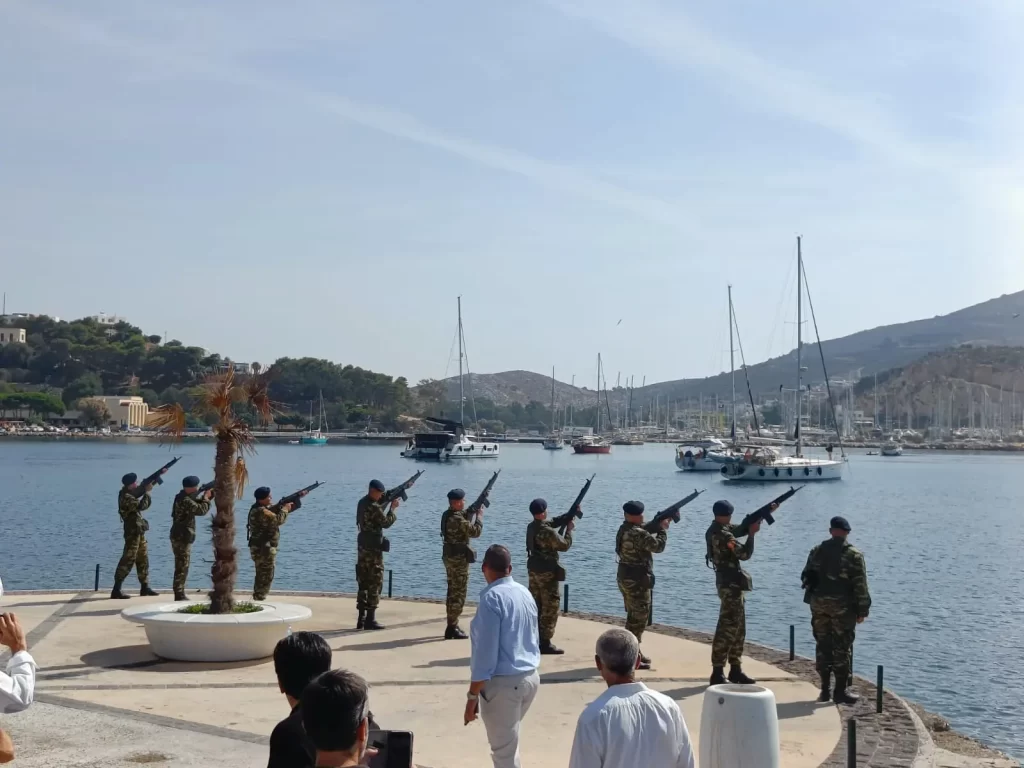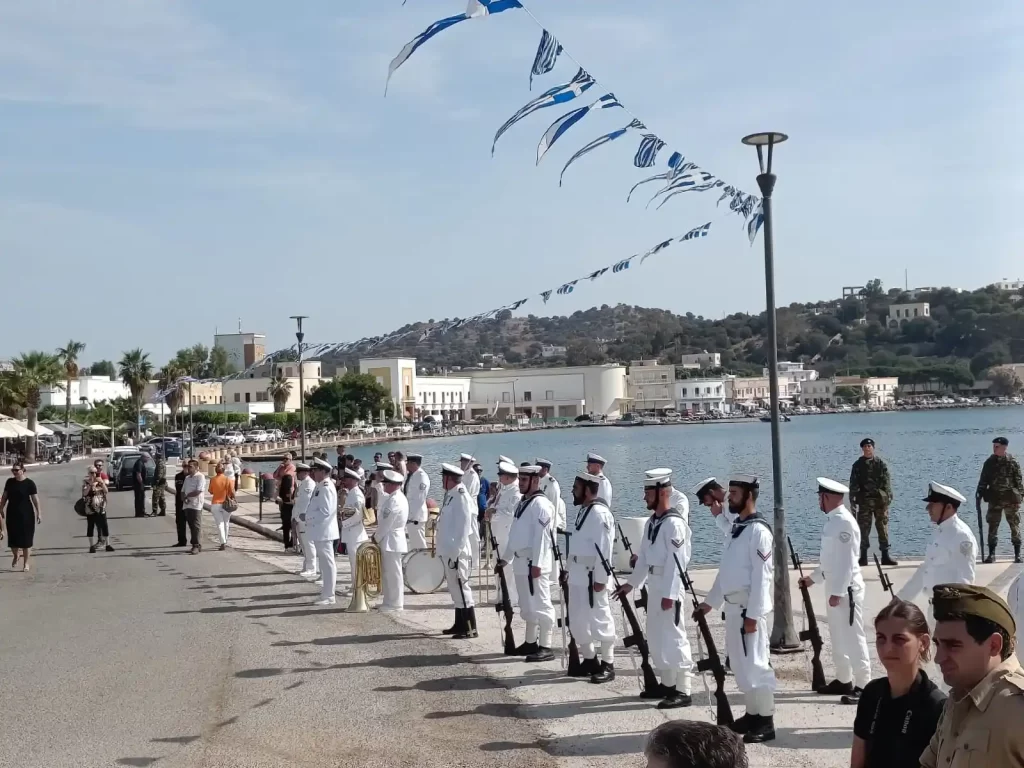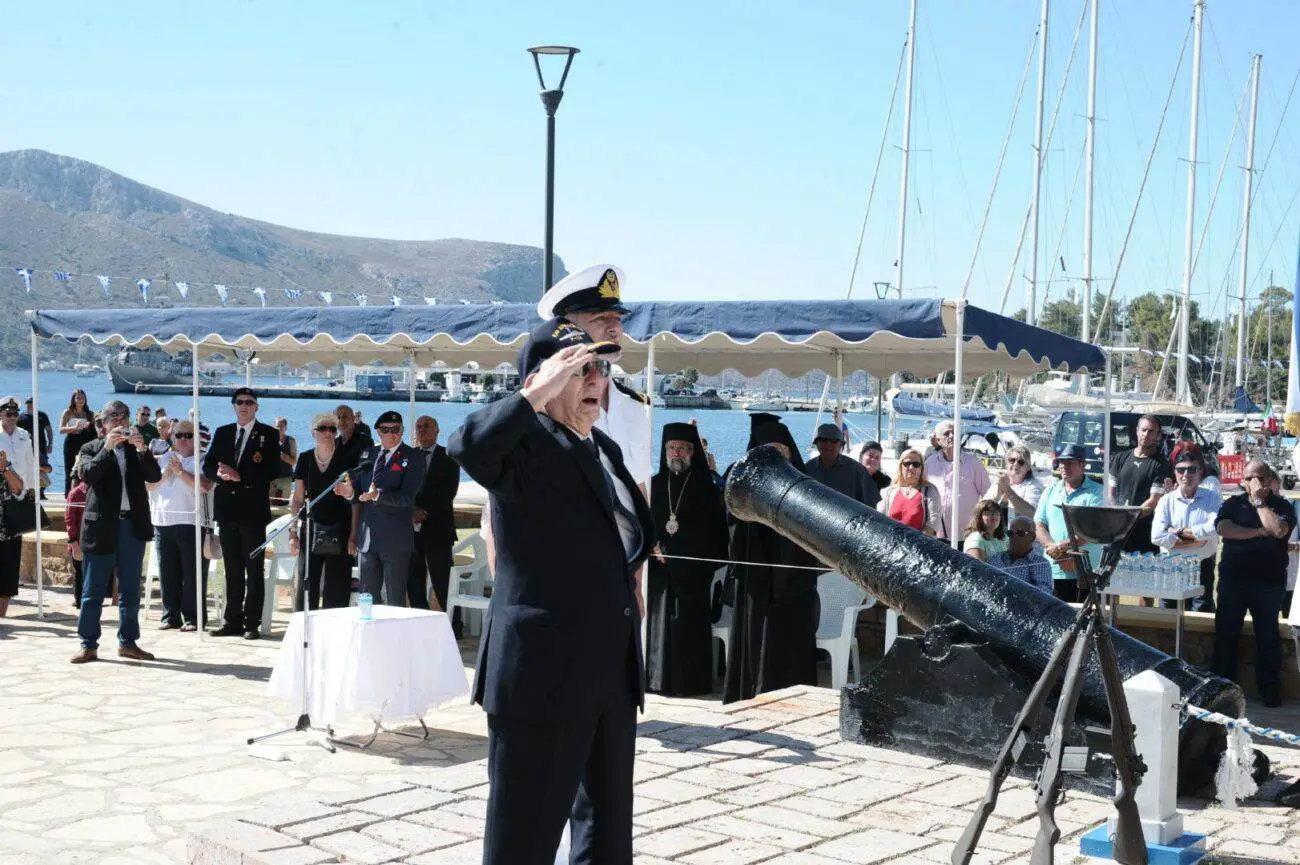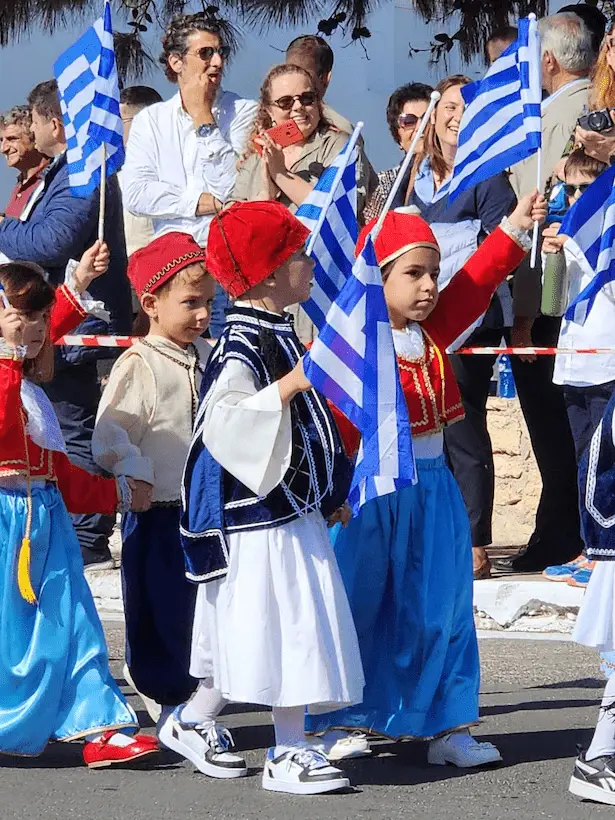The Greek destroyer Vasilissa Olga is a name synonymous with the island of Leros. Its story, intertwined with the island’s history, is one of courage, resilience, and tragedy.
A Symbol of Greek Resistance
Commissioned in 1913, the Vasilissa Olga was named after Queen Olga of Greece, the wife of King George I. The ship served in the Greek Navy for nearly three decades, participating in various naval operations. However, it was during World War II that the Vasilissa Olga truly etched its name in Greek history.
When Germany invaded Greece in 1941, the Vasilissa Olga joined the Allied naval forces in the Mediterranean. Despite being outnumbered and outgunned by the Axis powers, the ship played a crucial role in supporting the Greek resistance movement. It transported supplies and personnel to occupied territories, evacuated civilians, and engaged in combat with enemy ships.
One of the most memorable actions of the Vasilissa Olga during the war was its participation in the Battle of Cape Matapan in March 1941. In this naval engagement, the Greek Navy, with the support of the British Royal Navy, inflicted a devastating defeat on the Italian fleet. The Vasilissa Olga played a vital role in the battle, contributing to the sinking of several Italian warships.
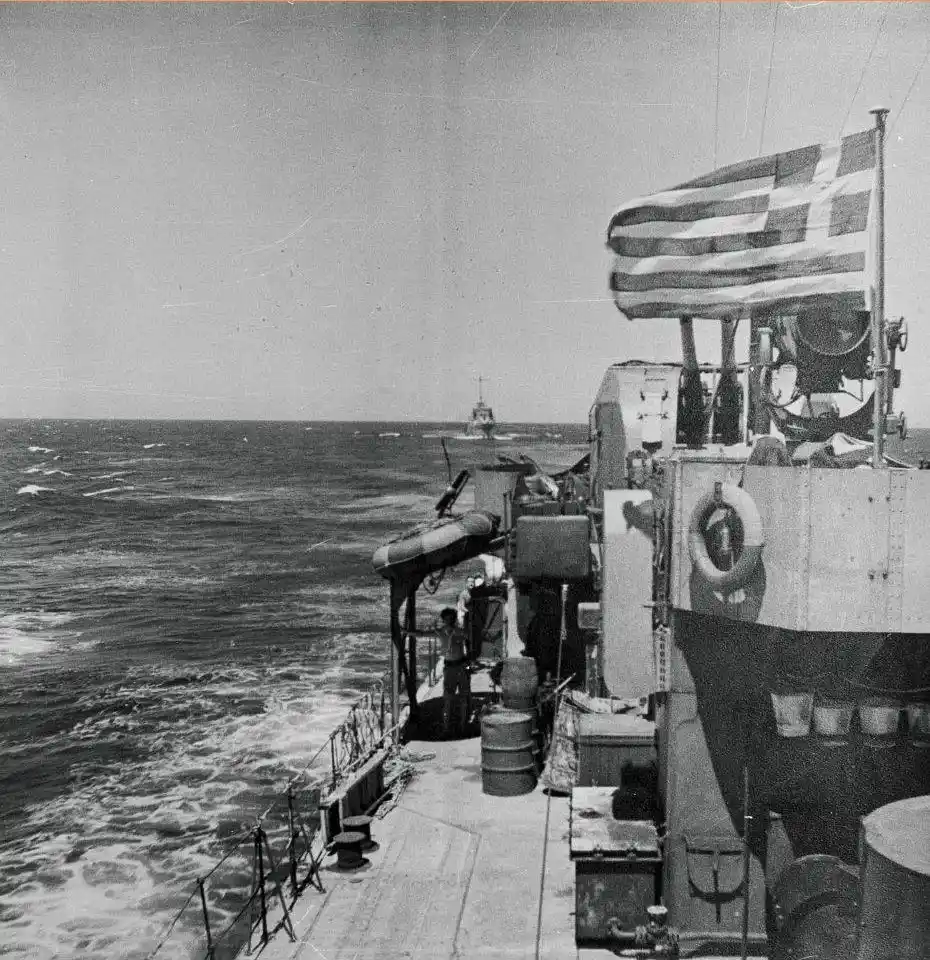
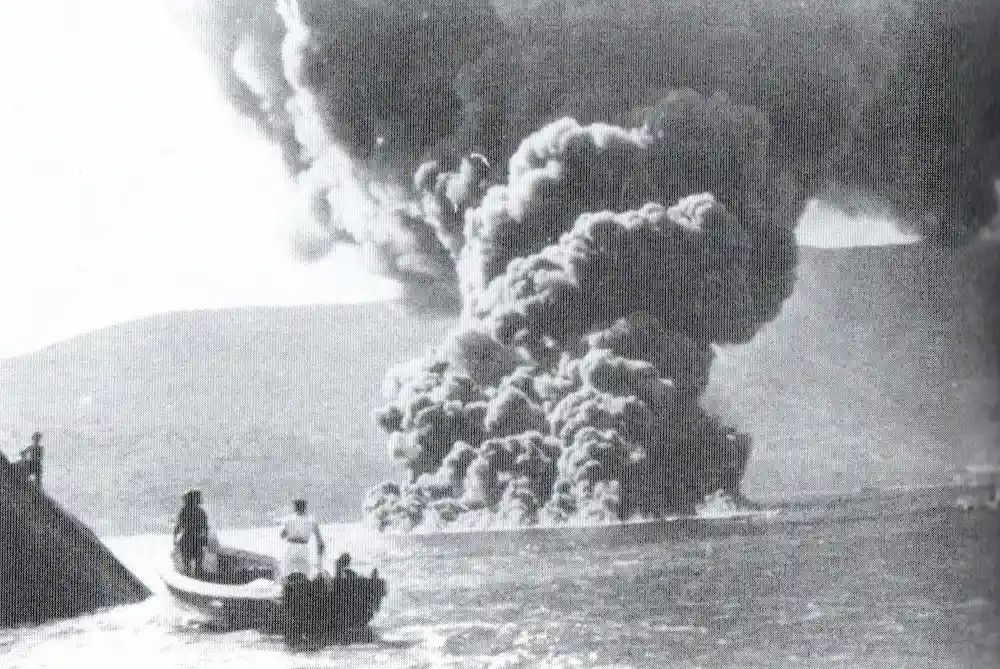
Leros: A Strategic Island
The island of Leros, located in the Aegean Sea, played a significant role in the Mediterranean theater of World War II. Its strategic location made it a valuable asset for both the Allies and the Axis powers. In 1943, the Allies established a naval base on Leros, hoping to use it as a springboard for operations against the Axis-occupied islands of the Dodecanese.
The Vasilissa Olga was among the Allied warships that were deployed to Leros. The ship served as a vital component of the naval base, providing protection and support to Allied forces. In August 1943, the Vasilissa Olga successfully transported 36 long tons (37 t) of supplies and 300 men of the Queen’s Own Royal West Kent Regiment from Haifa, Palestine, to reinforce the British garrison on Lero

The Fall of Leros
The Battle of Leros was a fierce and bloody conflict that lasted for several weeks. The Vasilissa Olga played a crucial role in defending the island, engaging in numerous battles with Axis warships and aircraft. However, the overwhelming numerical superiority of the Axis forces eventually took its toll.
On September 26, 1943, the Vasilissa Olga was sunk in the Gulf of Lakki, Leros, by Junkers Ju 88 bombers of LG 1. The ship was hit by several bombs, resulting in a devastating explosion that caused it to capsize and sink. The loss of the Vasilissa Olga was a significant blow to the Allied forces, and it marked the beginning of the end for the Leros naval base.
A Lasting Legacy
Despite its tragic fate, the Vasilissa Olga has left a lasting legacy on the island of Leros. Its story is a testament to the courage and resilience of the Greek people during World War II. The ship’s sacrifice has inspired generations of Greeks, and its memory is honored by many.
In 1955, a war memorial was erected in Leros to commemorate the Vasilissa Olga and the other Allied ships that were lost during the Battle of Leros. The memorial serves as a reminder of the sacrifices made by those who fought for the freedom of Greece.
Today, the Vasilissa Olga is remembered as a symbol of Greek resistance and a hero of the island of Leros. Its story continues to inspire and captivate people around the world.
As a lasting tribute to the heroic sacrifices of the Vasilissa Olga and the HMS Intrepid, two memorial monuments have been erected in Lakki, Leros. These monuments honor the memory of the brave crew members who lost their lives in service to their countries.
